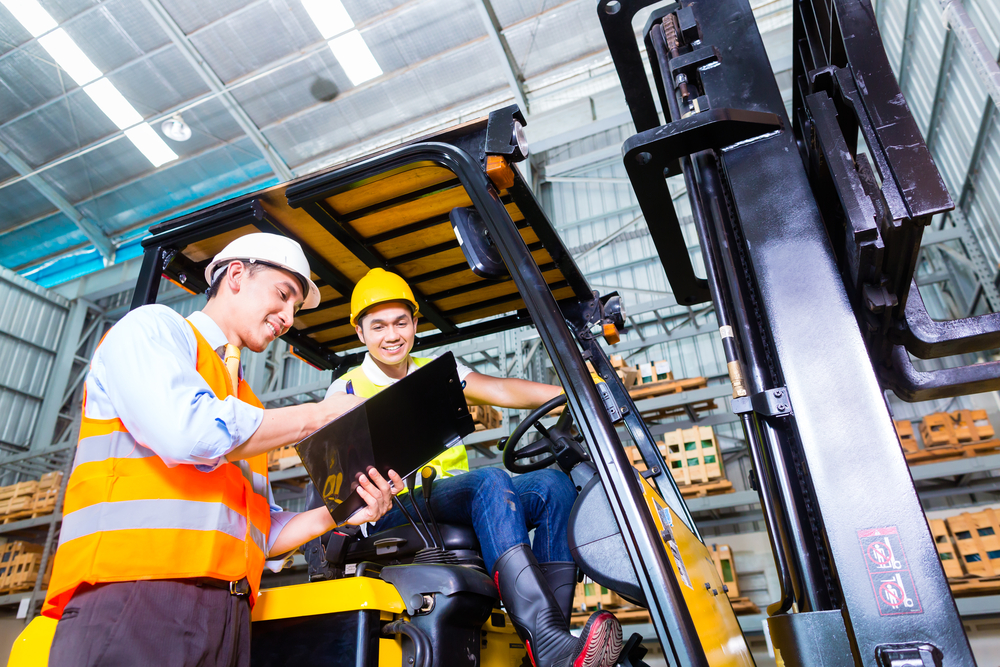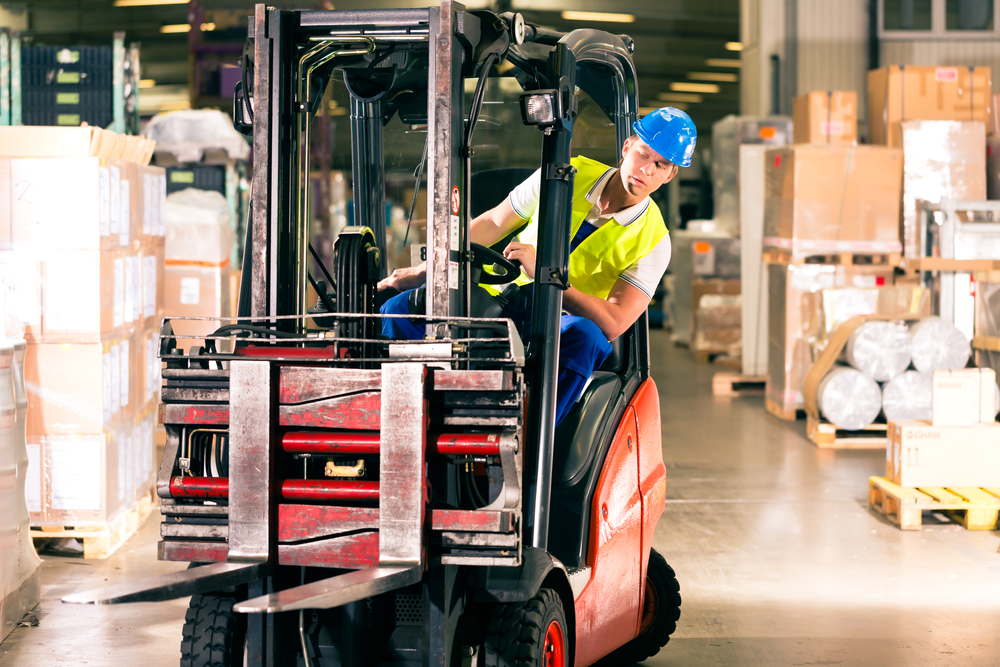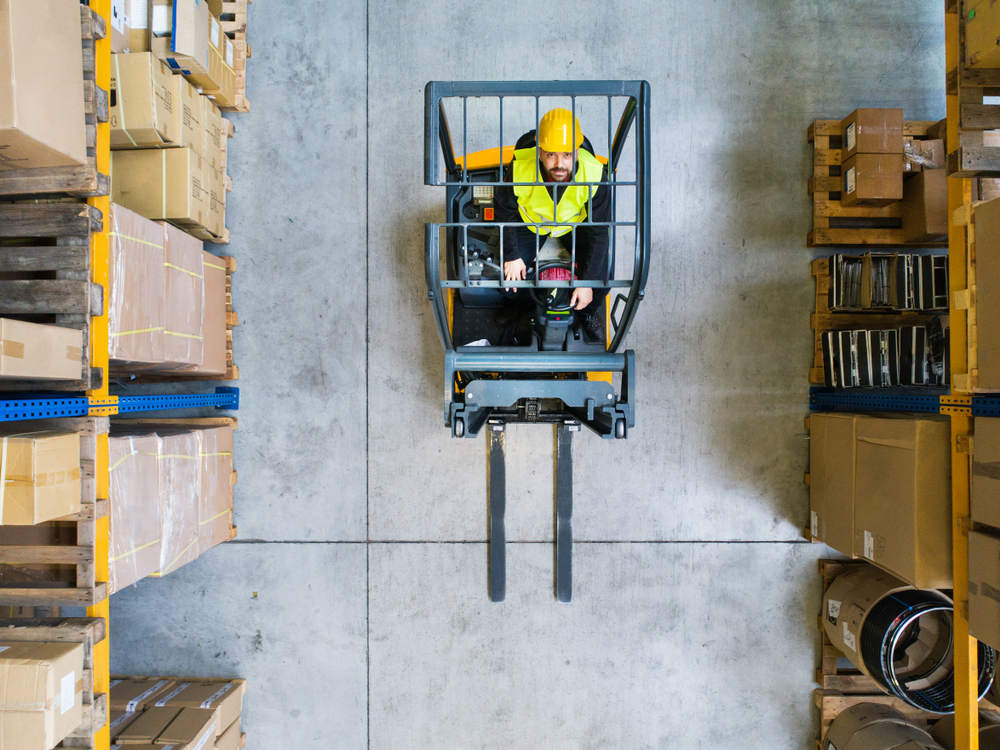Forklift Safety Refresher
When you operate a forklift frequently, it’s easy to get comfortable and begin to cut corners. But there are some things you shouldn’t skimp on, and safety is at the top of the list. Let’s review how to operate a forklift safely.

Pre-operation inspection
Before you begin, don’t forget to perform pre-operation inspections according to the specific operating protocols for your forklift. Inspections must occur every shift, not just once a week or at random intervals.
Check tires, fluids, lights, and all moving parts for regular operations. Complete a visual inspection before turning the forklift on, and then complete the appropriate operational inspection after you start the machine. Be sure to perform regular maintenance on each forklift, and only operate forklifts that have recently been cleared for regular use.
Ensure that everyone operating a forklift is certified to do so. Likewise, make sure each operator is recertified every three years or as needed.

Safe operation
The biggest factor affecting safe forklift transport is load balancing. Know the weight of whatever you will be lifting. Remember to keep your load as close to the floor or ground as possible so that your center of gravity is low — six inches is ideal, but you may need to raise your load a bit if the ground is uneven. Tip the load back toward the machine by a few degrees so that the load’s weight isn’t at risk of falling off the fork.
Remember that your physical environment greatly impacts a forklift’s operational parameters. When operating a forklift on ramps or steep inclines, always remember that loaded forks must point uphill and unloaded forks must point downhill regardless of your direction of travel. This means you may have to drive backwards, looking over your shoulder. Likewise, you may need to drive backwards if your load impedes your forward view.
Never turn across a ramp or steep incline. Turning in these conditions may cause the forklift to tip over, whether or not a load is involved. If the ground or floor is wet, reduce your speed and turn with caution. Sliding could also lead to tipping over or other hazards.

Additional Tips
External conditions can also affect safe forklift operation. Never rely on backup beepers, reverse lights, or employee awareness — always visually inspect your travel path and communicate your plans to co-workers. Dark or obscured conditions warrant using your forklift’s lights. If you aren’t certain whether the conditions warrant lights, use them by default.
Always wear the seatbelt when operating a forklift, and honk the horn when entering a building. Your safety and your co-workers’ safety are more important than anything else.
Forklifts are flexible, fast, and incredibly useful. Remember to respect these machines and stay vigilant when working with them, to keep yourself, other employees, the equipment, and your products safe. Your diligence will benefit everyone along the entire supply chain.

